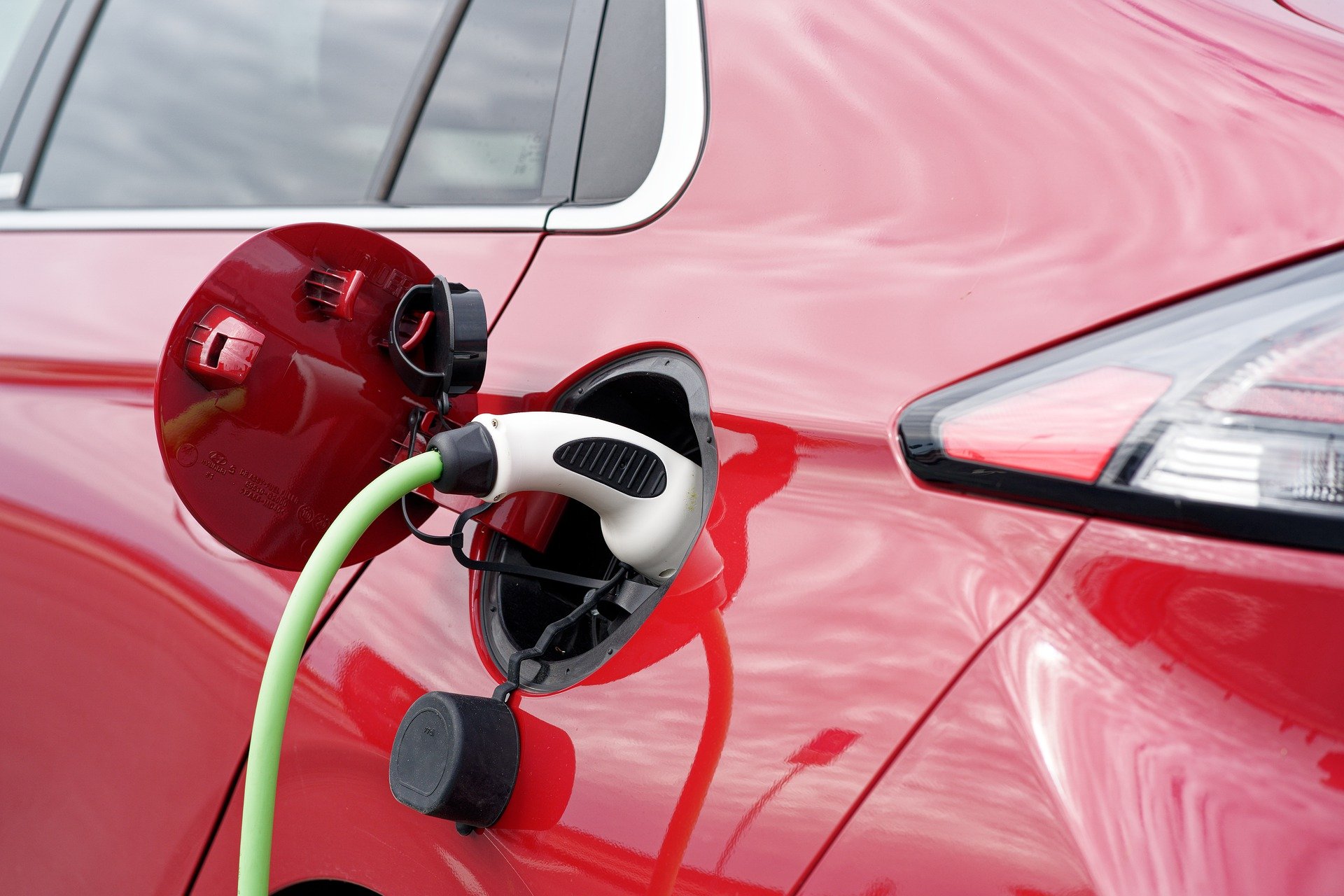Plug-in electric vehicles and plug-in hybrids need to connect to a source of electricity to recharge their batteries. This can be done through a standard 120-volt outlet (often referred to as “Level 1”) or accomplished more quickly using specially designed equipment, technically known as Electric Vehicle Supply Equipment (EVSE), which are available at 240-volt (Level 2), 480-volt (often referred to as “Fast Chargers”) or higher.
The vast majority of electric vehicle recharging currently occurs at home. However, there is a growing network of public and workplace charging locations that provide additional options for drivers. Public recharging locations can provide a convenient way to expand the range a driver may travel on battery power and can attract new customers to a business.
Home Charging
One of the great advantages of driving a plug-in electric vehicle (PEV) is the ability to refuel while your vehicle is parked at home. You can plug in when you get home from work and often be refilled before heading out the next day. The length of time it takes to recharge the batteries depends on factors such as how far the vehicle has traveled since it was last plugged in, the size of the battery in the vehicle and what size of power supply you have available.
Level 1 Recharging
Charging your vehicle by plugging it in to a standard three-prong 120-volt household electrical outlet to recharge. “Level 1” charging can add two to five miles of driving range for each hour the vehicle is plugged in. So as an example, a PEV plugged in for 12 hours overnight could refill its range up to 60 miles, depending on the vehicle. Many electric vehicle owners find this more than adequate for their daily needs.
Level 2 Recharging
PEV owners who may want to recharge more quickly can purchase a “Level 2” supply unit that runs on a dedicated 240-volt circuit, which often requires professional installation by an electrician. A Level 2 supply unit can provide 10 to 20 miles of range per hour of recharging, according to the U.S. Department of Energy. Depending on how and when you typically use your vehicle, a Level 2 charging system may offer you more flexibility and convenience than a standard 120-volt outlet.

How does the cost of recharging at home compare to driving a vehicle using gasoline?
According to the U.S. Department of Energy, the cost of driving an electric vehicle in the Midwest would be comparable to paying, on average, a $1.20 per gallon of gasoline. This is based on the price of electricity and the fact that electric engines are much more efficient than internal combustion engines like those that run on gasoline.
Many PEVs also come with the ability to schedule what time the vehicle begins to recharge its batteries. For example, you might plug the vehicle in after your commute home from work, but you could program the car to wait to begin recharging until 10 p.m. This allows vehicle owners to take advantage of special programs some electric utilities provide that offer lower electricity rates during “off peak” times, such as late at night and weekends. This can make recharging your electric vehicle even cheaper than it already is, compared to vehicles relying on gasoline. Contact your electric utility to find out what incentives they offer for electric vehicle owners or programs they have for “Time of Day” pricing.
Workplace Charging
The Electric Power Research Institute estimates that more than 50 percent of non-residential parking occurs at the workplace, where layover is often between 4-8 hours. This extended period where vehicles are sitting in one place is the perfect time to provide electric vehicle owners with an extension in range. Workplace charging could provide electric vehicle owners an extra 15 to 70 miles of range depending on the charging infrastructure available. This matches well with the characteristics of typical commuters today, of which 90 percent drive less than 40 miles one-way to work according to the U.S. Census Bureau.
Successful efforts to establish a workplace charging opportunity for electric vehicle owners will depend on the employee and employer and/or building owner being fully informed as to the challenges and benefits. Workplace charging programs do not have to be costly or complicated, yet they will provide a valuable service to employees who own EVs, and they will create an increasingly attractive marketing tool for a business or a building owner to attract and retain employees and/or tenants.
Planning and implementation steps can be found in the resources below which offer some possible actions to consider. Each installation will have unique characteristics and should be considered carefully.




